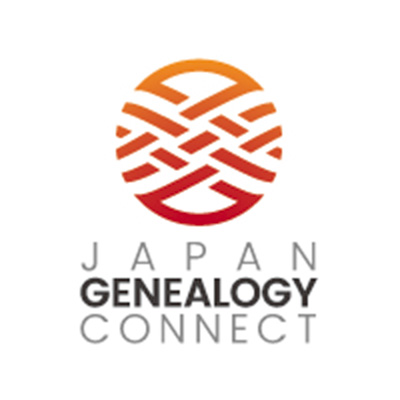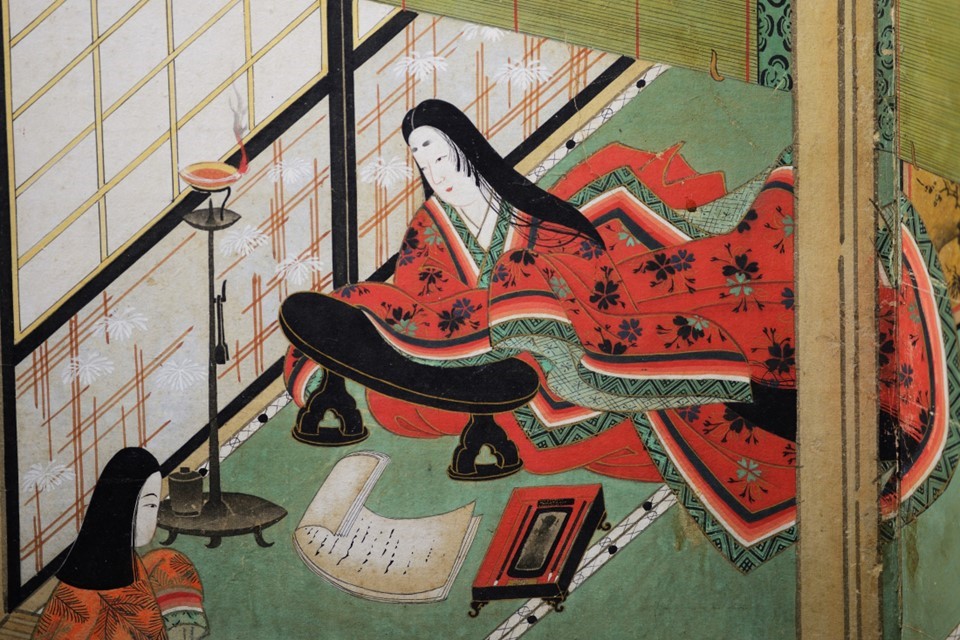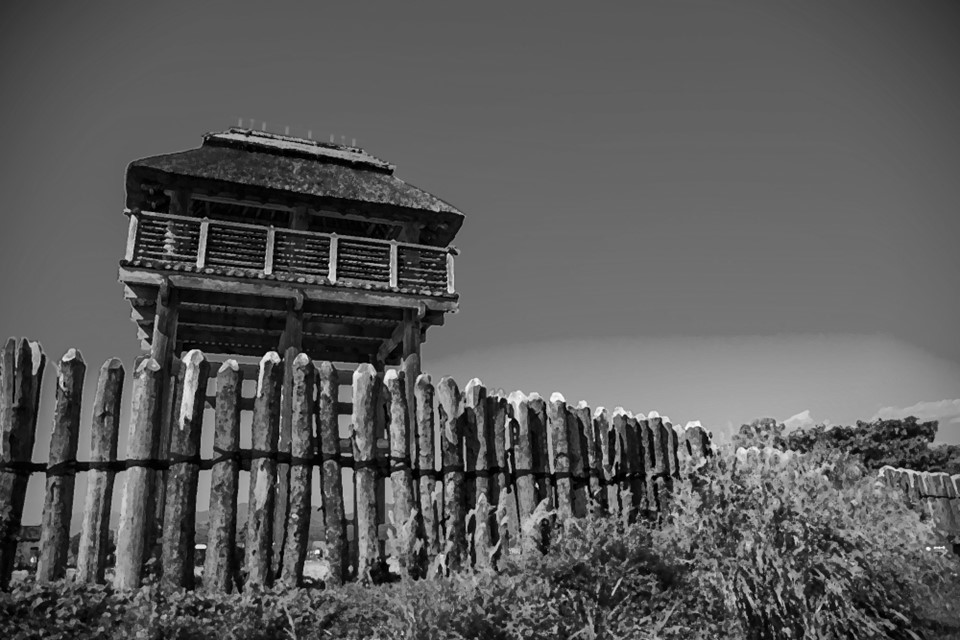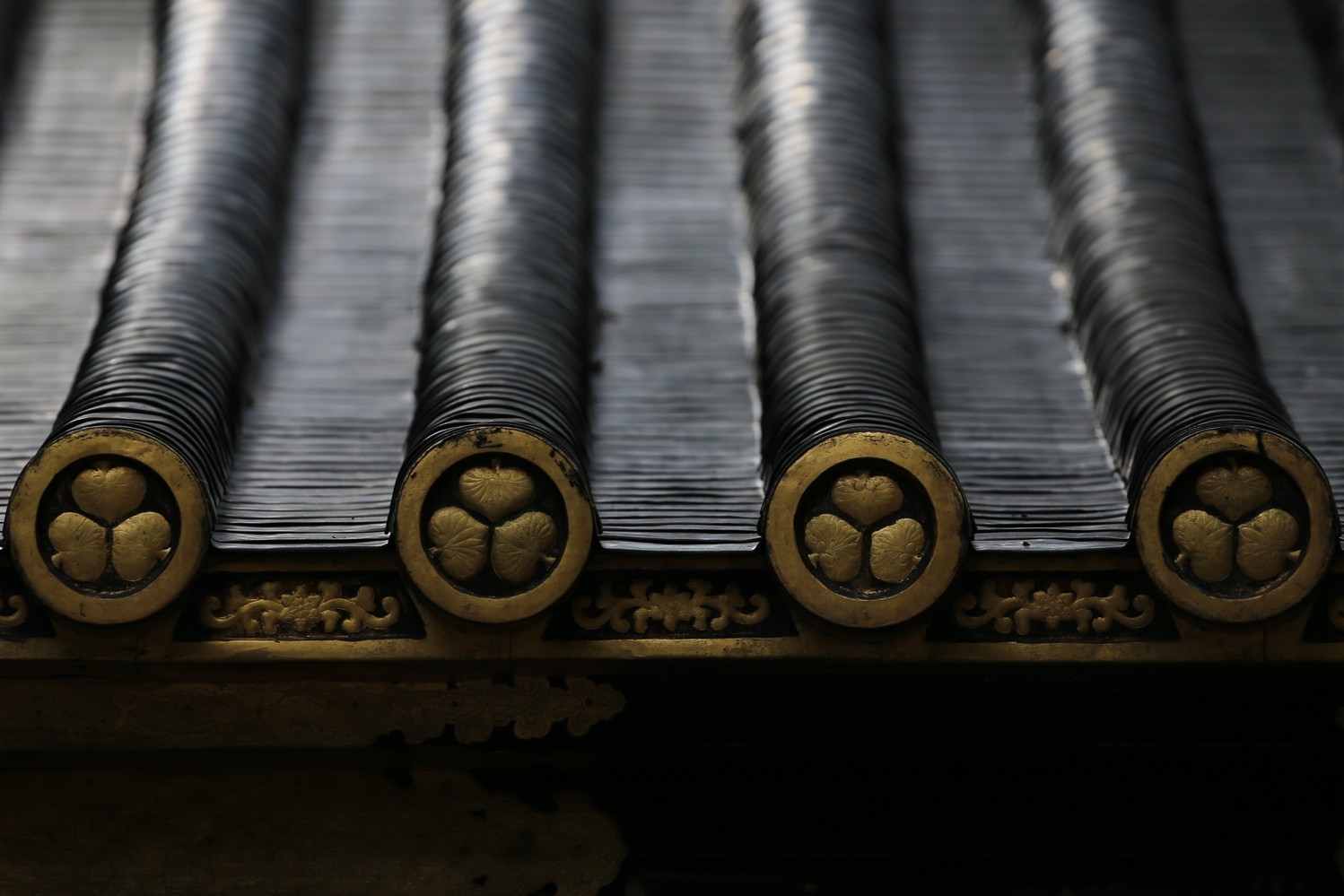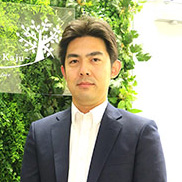What Is a Samurai?
To gain a better understanding of the import of having a samurai ancestor, it is important to first understand exactly what that means. To many, the word ‘samurai’ conjures up images from movies or games. Perhaps you picture a warrior in full armor with a ferocious faceplate, or visualize a top-knotted man carrying two swords. While both of these may be accurate to their respective eras, we must start at the beginning; where did samurai come from?
The Formation of the Samurai

Samurai are generally understood to have originated during the Heian period (794-1185), forming in two different circumstances:
- Warriors from local clans who took up arms to protect their home territories.
- Provincial governors and lower-ranking aristocrats sent by the Imperial Court to preserve order and maintain imperial authority.
Though the warriors in both of these situations could be called samurai, they’re clearly different in their long-term impact. While the first group may have had local influence, it was the second that developed into the more popular idea of samurai that held sway for centuries. Those warriors of the court included famous samurai clans, such as the Genji and Taira. It was war between these same families that would end the imperial rule of the Heian period and begin the Kamakura period (1185-1333), the start of centuries of rule by various shogunate military governments, running through the end of the Edo period in 1868.
During those centuries, perhaps the most popular image of samurai was formed in Japan’s Warring States period, the Sengoku era (1454-1568). With the nation in constant conflict as local warlords vied for power, the status of samurai as elite warriors was constantly reinforced. The end of that period saw many of Japan’s most famous battles, including the Battle of Sekigahara, and was ended by the unification of the nation under the control of the Tokugawa Shogunate.
It is here, however, that the popular image of samurai begins to diverge from reality. With Tokugawa rule ushering in the peace of the Edo era (1603-1868), the samurai lifestyle changed dramatically. Previously, their aristocratic status was tied together with their military training, with both money and prestige necessary to become elite warriors. But with no conflict to establish martial prowess, the samurai became a class of city-dwelling bureaucrats, either living in the castle towns of their respective domains or in the shogun’s city, Edo.
Though they may have still carried swords, the samurai became a class of government officials. During the Edo period, Japan’s social hierarchy was strictly enforced, with little opportunity to move between classes. As a result, being of the samurai class carried an inherent prestige, though one that did not always correspond to their daily reality. While some samurai attained wealth and power through administrative positions close to the shogun, many more struggled to make ends meet. Being restricted to only government work meant that they were unable to freely choose occupations like common townspeople, and many samurai often found themselves indebted to merchants who were their social inferiors; the life of an Edo samurai was a far cry from the image we have today.
Purchasing Samurai Status
While it was largely prohibited to move between the social classes, it was not impossible. For some wealthy merchants, purchasing entry to the samurai class was a way to both improve their social standing and help secure high-status opportunities for their families.
This phenomenon tended to happen more towards the end of the Edo era, when restrictions were less enforced and feudal lords were more willing to break with tradition in order to shore up their dwindling finances. Still, this shows that even centuries after samurai stopped participating in actual battles, the associated status was still valuable, and a certain degree of fluidity was allowed.
Samurai Privileges
There are two examples of the kinds of privileges afforded to samurai that are most often referenced:
- Myōji Taitō (苗字帯刀): Only the samurai were allowed to have family names and possess swords; both were prohibited for commoners.
- Kirisute Gomen (切捨御免): The right to kill commoners under certain specific conditions (though this privilege comes up regularly in popular discourse, it was hardly ever exercised, and subject to stringent judicial oversight).
With privileges like these, it was visibly reinforced that the samurai were an elite social class, one that combined the modern roles of civil servants, soldiers, and politicians.
Proportion of Samurai in the Edo Period
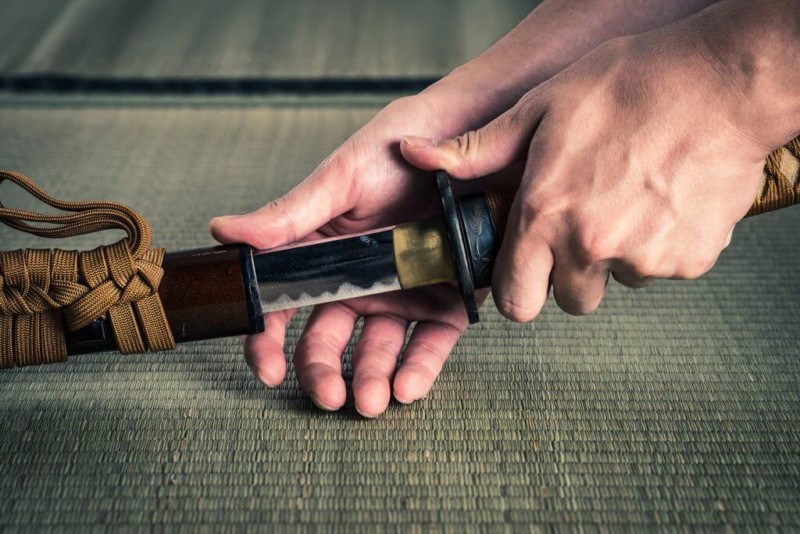
During the Edo period, Japan’s population numbered roughly 30 million people. Of that, the samurai class was about 7%, or about 2 million people. That may seem rather large for an aristocratic class, yet it was completely dwarfed by the farming population, which represented 85% of the population.
The samurai were relatively few in number, helping to reinforce their high status. But with 2 million samurai in existence less than two centuries ago, there is a solid chance for many people of Japanese heritage to be the descendants of samurai.
Discovering Whether Your Ancestors Were Samurai

Now that you have a little more background on what it meant to be a samurai, we will introduce some methods that may help you discover your own samurai heritage. Some are relatively simple, while others require proper planning. But in all cases, the important thing to remember is to look at any information you find comprehensively, seeking to connect multiple different sources of information to form a clearer picture of your ancestry.
The biggest hurdle for all of these methods, however, will be the difficulty of acquiring and reading these materials. A relatively high level of Japanese ability is required, both for accessing these documents and for reading them; as historical records, these sources are handwritten in an older script that is not quite the same as modern Japanese. Finding documents may also be difficult, as research often requires physically visiting the locations in which they are held, which are scattered around Japan.
If you face these struggles, but want to learn more about your ancestors, please consider reaching out to Japan Genealogy Connect. As a Tokyo-based ancestry research company, we have years of experience working with both Japanese individuals and those abroad to research their heritage. If you would like to learn more about your family, we would love to help.
Surname Search
Perhaps the simplest place to start is by doing an internet search for your Japanese surname. (Please note that if possible, doing so in Japanese will always provide better results, as the vast majority of historical documents have never been translated). As samurai were the only class with the right to carry a surname until the Meiji period, a family name stretching back to the Edo era is an encouraging sign of samurai ancestors.
When searching the internet for surnames, the easiest place to start is by searching for ‘Surname武士’ or ‘Surname氏’, which will bring up results of warriors and clans sharing that same name; useful results, including Japanese Wikipedia, should appear within the first couple of pages of results.
If you find something that matches, take note of any important information; that individual’s history, their territory, their family crest, etc. If the individual comes from the same territory as your own ancestors, there is a reasonable chance that there is some connection. If you are able, you should also research the vassals of that individual, as they would sometimes be granted the right to take that same surname.
It is important to remember, however, that simply possessing the same last name as a samurai is not proof of a relationship. In the Meiji era, all Japanese were required to choose last names, resulting in many choosing the same names as those of samurai. Additionally, both samurai and commoner surnames were often rooted in their local geography or place names; with many locations throughout Japan sharing those names, it makes it difficult to narrow down a samurai lineage based on surname alone.
However, this is still an important step, as surnames serve as a solid reference point, which can be used in correlation with the results of further research.
Interviews

If you are in contact with older Japanese relatives, they tend to be the best place to start. The end of the Edo period was only about 150 years ago, so there’s a decent chance that they may know of family stories from that time. Ask about things like family crests, ancestral hometowns, and specific kanji names, and make sure to record everything you learn. Even if these things don’t necessarily lead to finding samurai ancestors, they will still be an important part of your greater family history.
It is important to remember that conducting interviews sooner than later applies not just to family members, but also to any other individuals who may be able to help with your search. When visiting local history museums and archives, many of the staff are older, and are essentially walking encyclopedias of local information, while small rural shrines often struggle with finding someone to take over. As a result, there is a chance that information helpful to your own genealogical research may be lost when these individuals are gone, making it important to try and visit these places whenever possible.
Koseki Research
Your family koseki, or family register, serves as the best way to get started on any form of Japanese ancestry research. If you can trace your family back to the start of the Meiji period, around 1868, there is a solid chance that you will be able to find information regarding your ancestors during the later part of the Edo period as well. (For a brief overview of koseki, please visit our Services page).
In going back to the earliest koseki, most people will find about eight surnames in their family tree. However, there may be some difficulties in reading these documents, as they are handwritten in an older form of Japanese, different from the modern language. And while doing in-depth research on one or two lines might be feasible, it becomes more difficult when attempting to trace all maternal lines as well. As koseki are organized by head of household, female ancestors often would move between records, changing their registered domicile. Yet maternal lines can often yield unexpected discoveries, making them just as important to research.
The most valuable information to look for in a koseki would be:
- The name and date of death of your oldest recorded ancestor
- The oldest registered domicle, or honsekichi (本籍地)
Knowing the oldest domicile allows you to find the region your ancestors are from, and potentially exactly where they lived. Understanding where that may be often requires calling the local town office to learn where that historical domicile corresponds to on a modern map, as land boundaries and jurisdictions have changed since the Edo period. In trying to learn whether your ancestors were samurai, it is important to understand what kind of place they lived in. If they lived in a rural village, it is more likely that they were farmers. But if your family lived in a castle town, there is a higher chance that they were samurai.
While it is possible to do this research yourself, it does require relatively fluent language abilities. If you face difficulties in obtaining or reading your family’s koseki, or aren’t entirely sure what to do next, please feel free to contact us! Japan Genealogy Connect has extensive experience in helping those of Japanese descent to obtain these important records.
Literature Research: Archives, Libraries, and Legal Affairs Bureaus

Legal Affairs Bureau: Land Registers
The Legal Affairs Bureau is a branch office of the Ministry of Justice at which you can submit applications to view real estate registries. If granted permission, you are able to view registries listing current land ownership, and can compare them with historical land registers which record past owners. If your ancestors owned land during the Meiji period, they should be listed in one of these registers.
While it is always beneficial to visit in person, the bureau with jurisdiction over your ancestors’ domicile may be far away; in those cases, you can also request a copy by mail. But doing so is a larger hurdle, requiring familiarity with bureaucratic paperwork, which can slow down the process. If you plan to visit your ancestors’ hometown, it is often better to include a visit to the local bureau in your plans.
National Library
With the information learned from your family’s koseki, you can conduct a more in-depth literature search at a national library. In Tokyo, the National Diet Library’s Main Branch or the Tokyo Metropolitan Central Library are both recommended, while the Kansai-kan Library is recommended if in the southern Kansai area. These institutions have large collections of local history, which have a higher chance of potentially containing information on your ancestors. Some records are also available online, so a prior search for digital information is also recommended.
Local History Museums
If you are able to visit your ancestors’ hometown, local history museums are also a fantastic resource. They’re far more common than you may think! Visiting the museum itself is generally worth it for an idea of how your ancestors lived, though we also recommend calling ahead to see if you can get access to their archives. Here are some things that we recommend searching for:
<Regarding the Area>
- Obtain an Edo-era map of the region
- Learn about the area’s main industry
- Find the bugencho (分限帳) of the local domain
- Learn the names and family crests of the feudal lords and samurai of the region
<About Your Family>
- The origins of your family’s kamon, or family crest
- The origins of your family’s surname
Advice for Literature Research
The important thing to remember about working in libraries and archives is to not research on your own. Ask for help from the staff; they often know quite a bit about their area already, and have experience researching. They are often quite happy to help you search for samurai ancestors, provided that you have enough information to start from.
Bugencho (分限帳)
As mentioned above, one important document to search for is the bugencho of your ancestors’ hometown. A bugencho was a record kept by each feudal domain during the Edo period, and essentially serves as a list of samurai officials. As a result, if you are able to find your ancestor listed in this document, then you have clear evidence that they were a samurai!
However, if you are unable to find a bugencho, or do not find your ancestor’s name inside, that does not mean the end of your search. You still have other family lines to trace, and though everyone listed in the bugencho is a samurai, not all samurai were listed in the bugencho. But if you have made it this far and still not found anything, it may be time to consider doing some on-site research.
Field Research
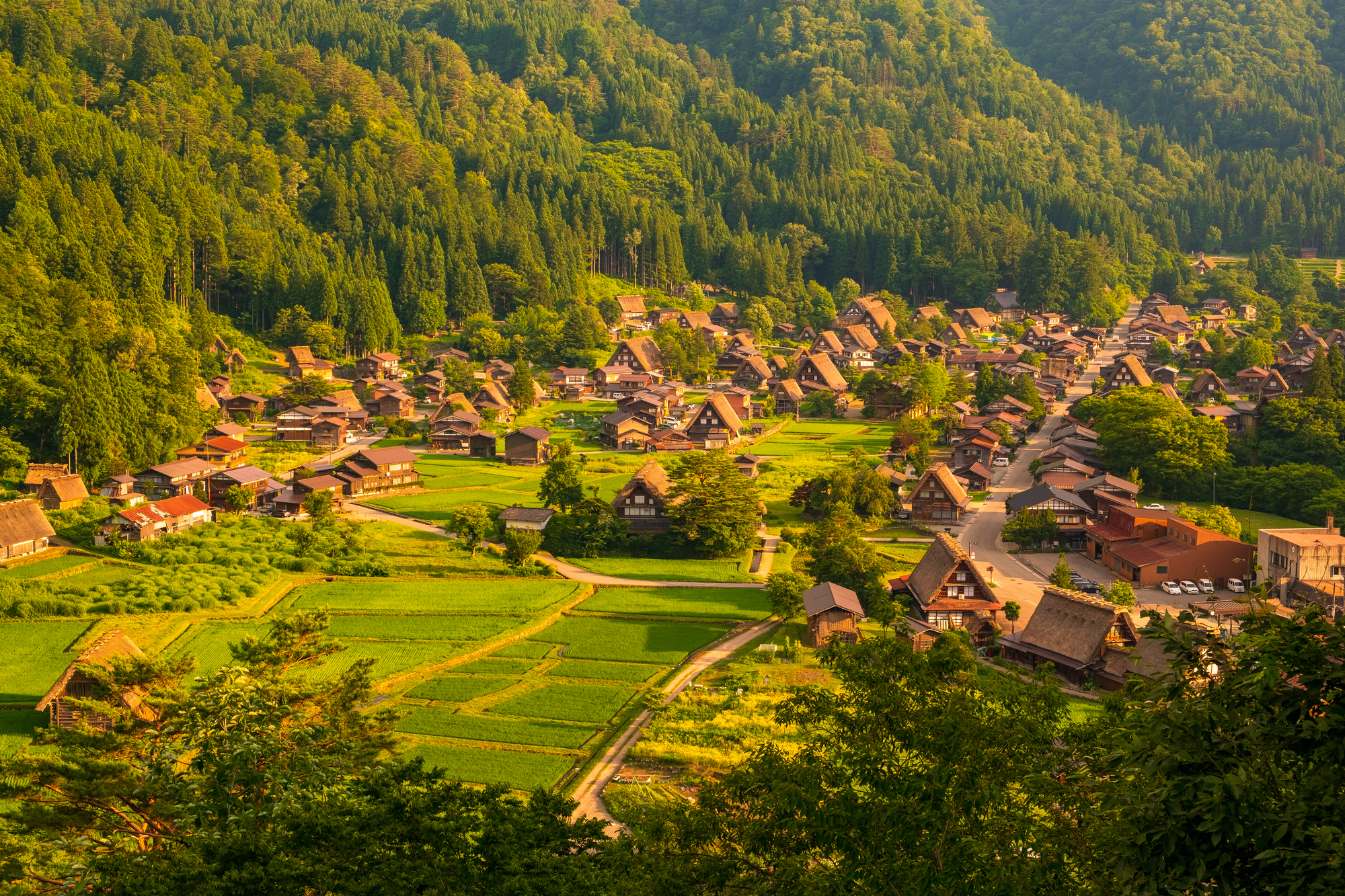
The next step would be to visit your ancestors’ recorded domicile. Though there are several different things you can do while there, keep in mind that it’s probably not possible to do everything; instead, you must be flexible in your research methods, depending on how much you are trying to learn. Here are some examples of typical research topics during your time in the field
Field Survey Topics
| Topic | Contents |
|---|---|
| Gravestones | If you can find an ancestor’s gravestone, check whether it is engraved with the common names or posthumous Buddhist names of ancestors older than those found in your koseki. |
| Family Temple | Find the temple at which your ancestors were parishioners. Ask them if they would be willing to check their records for any information on your ancestors. Doing so will be easier if you already know their posthumous names and dates of death. *Please note that in recent years, the number of temples that accept record requests from strangers has been decreasing. |
| Main Family | In some cases, you may learn from your koseki that your family is a branch of a larger main family. Members of that main family may still live in your ancestors’ hometown. If you can make contact, ask them what they know about your shared Edo-era ancestors, and if they have any records you would be allowed to copy. |
The above ideas are some of the more common topics of investigation, but knowing where to start to even find these pieces of information can be difficult without experience. If you are interested in these topics but struggling to do them yourself, please consider requesting a consultation for our professional research services.
The Most Important Part of Field Research
It is crucial to remember that there are no guarantees of success in field research; doing this research is difficult for most people, so it is not uncommon for people to come back empty handed. As a result, it is important to plan your trip as a vacation, and to have fun. When enjoying your time in Japan isn’t dependent on the results of your research, you will be able to have an enjoyable experience regardless of the outcome. Even just the story of your attempts to learn more can become an enjoyable experience in the future.
Assembling the Pieces
After completing your field research, we recommend conducting another literature search with your newfound information. Here are several points to consider while doing your research:
- Pay attention to the combination of your family name and family crest.
- Examine the family crest of the samurai family that ruled your ancestors’ domain.
- Look to see if there are clusters of graves with your same family name.
- Check for any commonalities between you and known samurai of that region.
Central management of citizens during the Edo period was very different from today. With records being comparatively incomplete, there will be times that despite doing extensive research, it will be difficult to obtain conclusive evidence of a samurai relationship.
However, because you are searching for your own origins, it becomes at least slightly more reasonable to continue researching your ancestors for however long it takes until satisfied. This time spent also often results in new discoveries that you weren’t expecting, making the entire experience more meaningful.
What If You Can’t Find Samurai Ancestors?

After doing all this research, you may be disappointed if you haven’t found any samurai ancestors.
But there’s no need to be disheartened! Though samurai are a large part of popular memory of Japanese history, they were a small part of the population. And in the Edo period, they didn’t lead particularly glamorous lives; they were bureaucrats, pencil pushers rather than warriors. If your ancestors were farmers or craftsmen, they had a greater positive impact on their surroundings than the samurai did, and if your ancestors were merchants, they may have even been wealthier than the samurai! Regardless of your ancestors’ occupation, they still played an important part in the lives of those around them.
And even if you haven’t found any conclusive evidence, there is still a good chance that you have samurai ancestry. If you simply look at one family line, you may be disappointed; but there are countless family lines entwined in your personal history. If you trace your ancestors back just ten generations, you will have 1,024 family lines to explore. From that perspective, the probability that you have samurai ancestry is quite high! Considering that samurai have been around since the Heian period, or more than 1,000 years, it becomes reasonable to assume that you have samurai heritage mixed in somewhere in that long history.
Much of what we appreciate today about the idea of samurai is the idea of their nobility and loyalty. Popular culture portrays them as honorable, and it is those values that form a major part of their appeal. Yet it must be remembered that those values are not unique to the samurai class; in fact, much of what we revere about the samurai comes from popular entertainment in the Edo period, when the need for warriors had already passed. As a result, those values were emulated by the common people, and further popularized over the last few centuries. Regardless of whether you have samurai ancestry, your ancestors respected and emulated those honorable values, and are just as praiseworthy, no matter their occupation.
Request a Free Consultation

